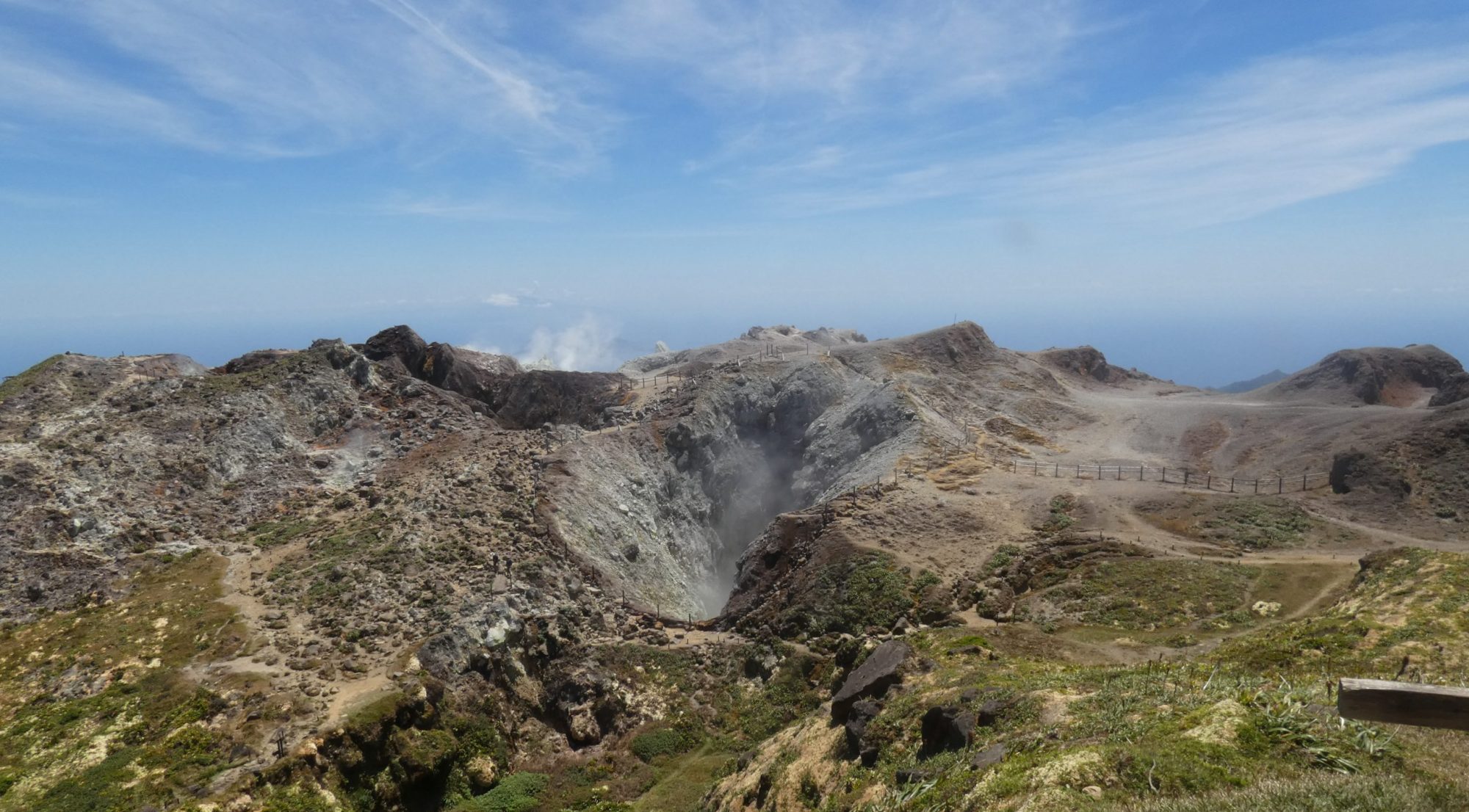Many cities impacted by brown seaweed stranding (Sargassum Fluitans and Sargassum Natans) try to react to the various consequences of this presence of organic matter, living or dead, in large quantity. The effects, although many times reproduced, remain poorly understood and uncontrolled. They range from the simple presence of living floating algae which will modify the landscape, prevent swimming and / or navigation to the decomposition of packed algae on a beach or rip rap in anoxia or anaerobic (lack or total absence of oxygen). This latter case causes multiplication of micro-organisms specialized in usage of nitrogen or sulphur to produce energy. It causes the emission of biogas such as hydrogen sulphide (H2S) and ammonia (NH3).
![Figure 1 [english]](http://www.tcgnrg.com/wp-content/uploads/2018/08/Fig1_d2-1024x768.png)
These two gases are only a small part of the gases emitted during the anaerobic decomposition of these algae, wrongly considered as toxic. This pseudo-toxicity only depends on the fermentation conditions caused by human activities. The risks related to exposure over long periods to concentrations below the alert threshold, 5 ppm for H2S revised to 1 ppm by the High Council for Public Health (HCSP) on 08/06/2018, is undoubtedly dangerous for respiratory tract and general health. This is for people living or working near these emanations from few meters to several kilometres.
Collection, cleaning or bio-redemption of sargassum algae or their waste can’t be imagined using conventional mechanized methods due to the nature of the seaweed: small; charged with sea water and friable in the ageing phase. Beaching area, coastline, mangrove swamp, bay are at the scales of Caribbean island always complex and ecologically sensitive to modifications. Usage of a power shovel on an un-stabilized soils compresses them and modifies water flows rendering these soils at best unusable for a short period and at worst subject to erosion.
There is no point picking up algae that will leave with the next tide or to move sand, rock and concrete to shift algae from an area. The preparation of any cleaning-collection-rehabilitation operations is essential. It must include the adaptation of harvesting methods, the respect of the areas to be treated, the ability to move, store and process the organic or mineral matter collected, while ensuring the safety and health of the people involved and the residents.
The case of the municipality of Goyave (in Guadeloupe, FWI, [16.13N, 61.57W]) is a good example. Subject for several years (2014-2018) to arrivals of seaweed it remains unprepared for pickup operations in its small port . The collection area is a small fisherman port located in a highly anthropized mangrove swamp area which is used as outlet for the wastewater and rainfall water network (Fig. 1). The objective here is not to throw the stone at a particular town, because few communities in the world are truly prepared to respond to non-permanent solicitations such as water, air or soil pollution.
![Figure 2 [english]](http://www.tcgnrg.com/wp-content/uploads/2018/08/Fig2_d2-1024x768.png)
The recent pickup operations of August 8th & 9th 2018 shows that well. The hydraulic crawler excavator used although its smallness is not adapted to the site and causes damage (Fig. 2). The lack of sargassum on the water surface, in phase of aging these pelagic algae lose their floats (pneumatophore) and sink, pushed to clean the bottom of the port basin. The non-adaptation of the bucket to scratch the rocky bottom damaged it (Fig. 2). The mud a mixture of clay, organic and plastic materials as well as hydrocarbons is stored without precaution on a mangrove swamp area (Fig. 3) and in an unsupervised area initially reserved for sargassum spreading (Fig. 4) . The lack of markup on the building site and the lack of information boards pose questions for the safety of workers and passerby. Presence of biofouling, sargassum decomposition sludge and non-dry mud can emit biogas and locally increase the atmospheric concentrations of H2S or NH3 (Fig. 5).
![Figure 3 [english]](http://www.tcgnrg.com/wp-content/uploads/2018/08/Fig3_d2-1024x768.png)
This clean-up operation certainly had no effect on air pollution levels, main biogas production areas was not in this area. But it will allow a better quality of the waters of the port and therefore reduce impact of algae decomposition. The environmental cost: degradation of public goods, soil and water pollution is prohibitive compared to the benefits.
![Figure 4 [english]](http://www.tcgnrg.com/wp-content/uploads/2018/08/Fig4_d2-1024x768.png)
Stranding of sargassum algae should push for better organization and management of environmental work. The complexity of the places and systems concerned, their bio-diversity level imposes a great rigour on the actions that will be conducted there. TCGNRG remains at your disposal to help you set up sustainable devices adapted to the management and treatment of beaching of algae, organic matter or plastic.
![Figure 5 [english]](http://www.tcgnrg.com/wp-content/uploads/2018/08/Fig5_d2-1024x768.png)

